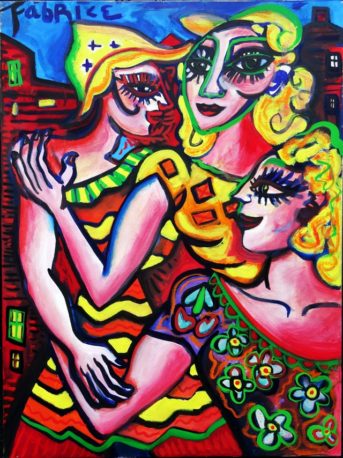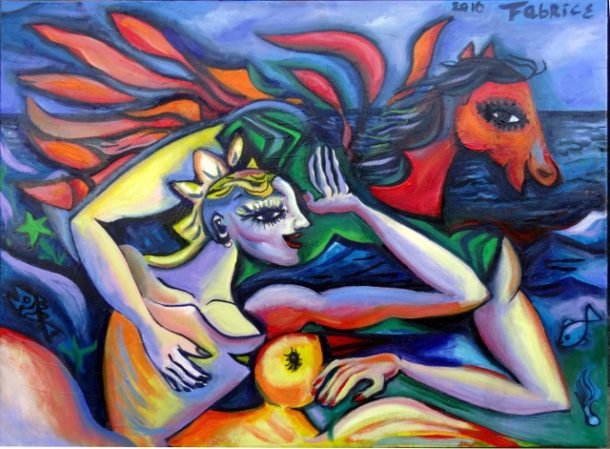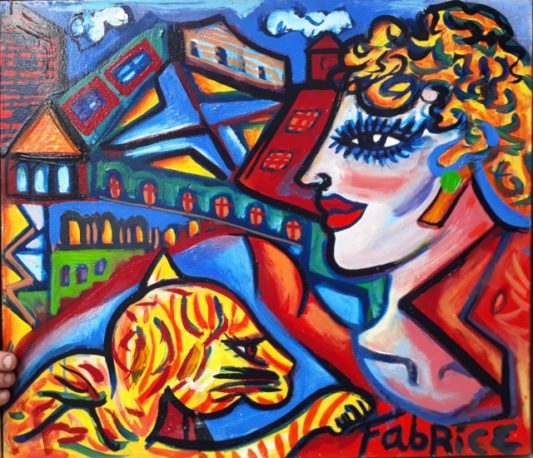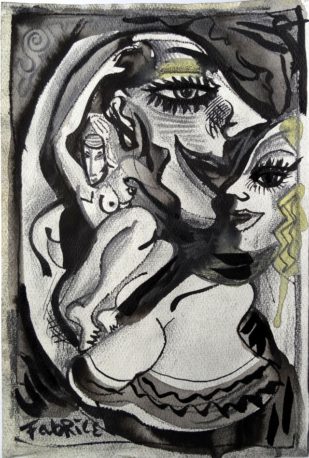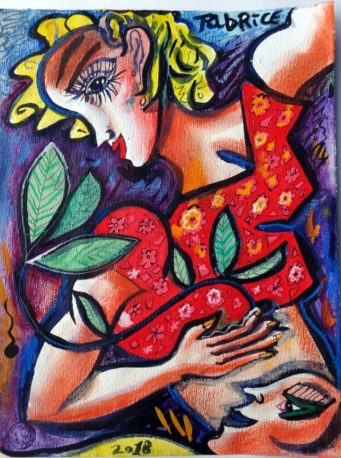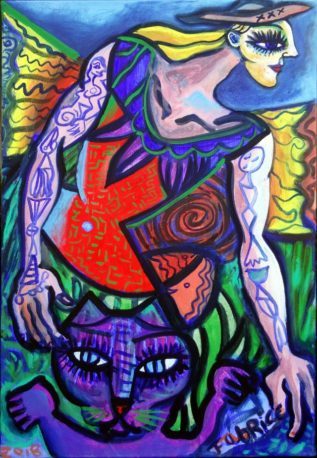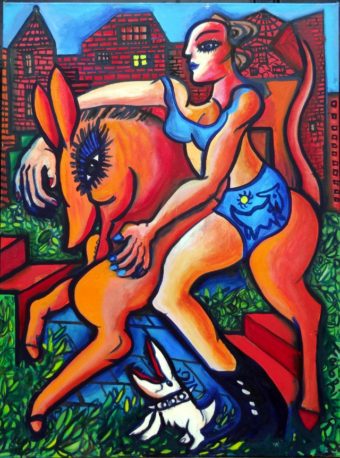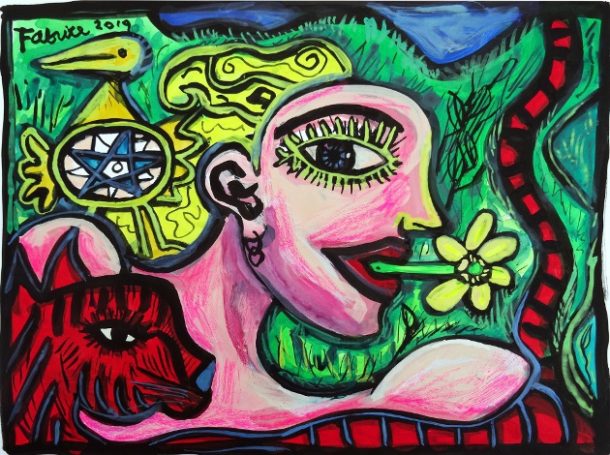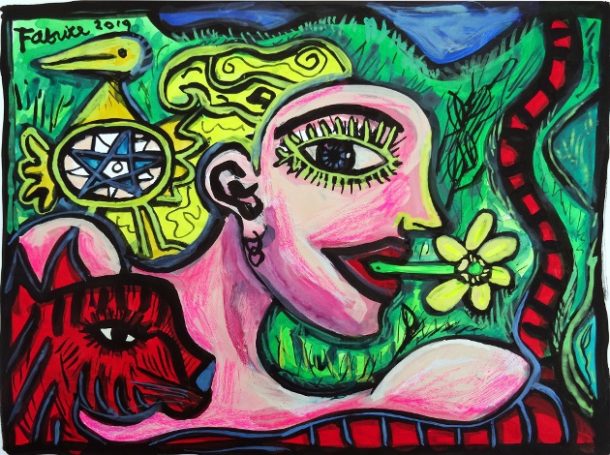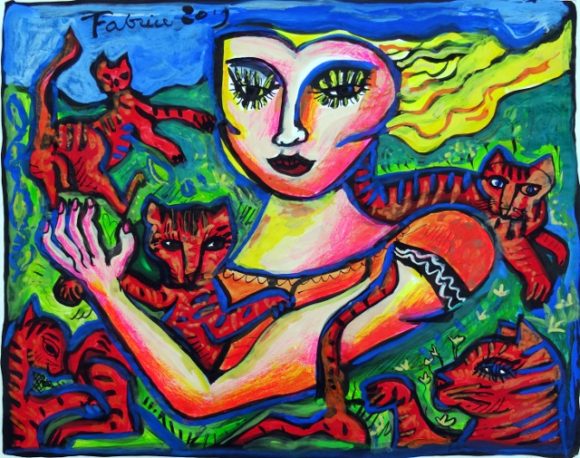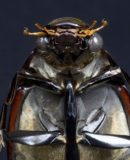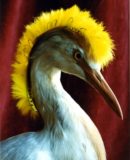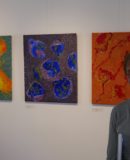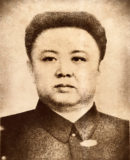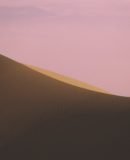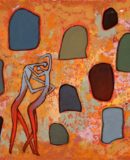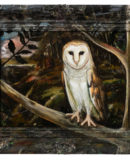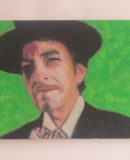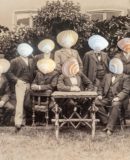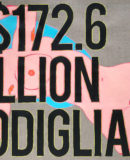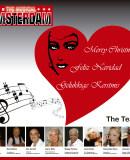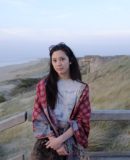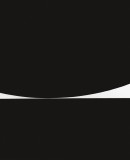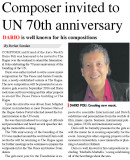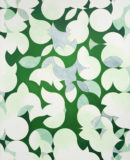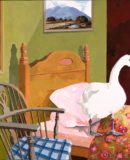World Fine Art Professionals and their Key-Pieces, 234 - Fabrice
World Fine Art Professionals and their Key-Pieces, 234 – Fabrice
Fabrice makes drawings in black and white and color, colorful paintings and mosaics. The mosaics can be seen in various places in Amsterdam. Fabrice, in full Fabrice Hünd, is a true Amsterdam artist, born in the Rustenburgerstraat and since his third year in the Lassustraat, not far from the Vondelpark.
On a beautiful June day I speak to Fabrice at his studio ‘Galerotiek Fabrice’ at the Jacob van Lennepkade 137. He is painting outside. He is wearing a blue painted shirt. I see a merry-go-round with a beautiful lady at the painting. Fabrice: “It’s about the De Parade theater festival. I paint it with oil paint. ”
Astrid Roemer
At the curb is a sturdy red cargo bike with a bin at the handlebars. Many of his paintings will have been transported in that container. “It is my oldest transport bike. It is heavily built with a low center of gravity. I want to make it electric with a new clutch. “
We walk into the studio. Left and right dozens of paintings in bright colors look at us. Among other things, a lady who emerges from a tulip and some black beauties. “That painting was made in honor of the writer Astrid Roemer. In 2016 she received the P.C. Hooftprijs for her oeuvre. There were accompanying exhibitions in the CBK-Amsterdam-east and in the Public Library of The Hague and Almere.”
Autonomous mind
Fabrice has been in his studio for 25 years, which in 2011 was called Galerotiek Fabrice. He also has a studio in the Pijp for his drawings and a point of sale in Hilversum, on the Varenmeent: the Galeuropique. He does a lot of recycling, for example, he often uses old frames and cupboard doors.
He sells a lot by inviting people to his studio: “I can keep my work affordable through self-managed sales. I make many contacts in the field, most sales and orders come from that. I’m not a fan of the internet, but still use Facebook and am learning the possibilities of Instagram. I am an artist with an autonomous spirit, I still work as it was in the early 20th century, as a living fossil. But I can still live from my work. You have to work hard for it. “
Artistic family
Fabrice comes from an artistic family. “Musicians, writers and teachers appeared in my mother’s family. She attended the Royal Academy in The Hague and studied sculpture, drawing and painting there. My father’s family, the Hünd family, comes from northern Germany. Many craftsmen and also inventors were found in that family. Adriaan Hünd was a ceramist and Cor Hünd a well-known sculptor. I only found out later. Together with Hildo Krop, he has created many sculptures in Amsterdam. “
“My parents came somewhat damaged out of the war. My mother had been in the Jappenkamp (Japanese internment camps in the Dutch Indies in WW II), my father had lost his family and his money. They had to rake their existence together again. My parents got divorced at some point and my father, my brothers and sister and I continued to live near the Vondelpark in a large house, where there was only one gas heater. I had a great need to escape all that misery. I did that by playing the piano and violin and by painting. In addition to painting, I preferred to drum, but my relatives did not appreciate that. ”
Fabrice could have gone to the conservatory, but after some thought, he opted for the visual arts. He already drew when he was about five years old. “There were two holes in the ceiling of my bedroom. It seemed like two angry eyes that looked scary at me. There was also a crack in the ceiling that looked like a big mouth that could eat me. I made two horse heads out of those eyes and something else out of that mouth. Then the fear was gone. “
Rijksakademie
He went to the Rijksakademie of visual arts in Amsterdam and felt completely at home there. He tried out all styles, but soon came up with his own style. “Many bright colors. I painted (and still paint) many women, but also many landscapes, animals – ‘I am a true animal lover. From the age of ten I had the uncontrollable need to depict all the animals of the world’, – men, children.” Once he had left the Academy, he painted both in his studio and in public spaces, often on boarded facades of the buildings in the Pijp that were closed due to dilapidation. Years later this resulted in large mosaic works.
It was the 80s. “Our generation came up, but the money ran out. We had to be inventive and fight our own way. Nowadays there is money again, but you see that it is spent on major commercial events. Nice little shops, artisan workshops and galleries have to fight for their livelihood through increasing rents. ”
The fourth dimension
Fabrice had different periods, but the images and colors remained central throughout all those periods. “I have also made surrealistic works. And ‘Serendipity works’. This involves an unplanned discovery. Then I made a pattern that happened by chance and then started making some pieces of black and others of white. It is a sort of composing in a border area. It leads to a broader way of looking. “
Searching for the ‘fourth dimension’, Fabrice made paintings with a multiple perspective based on this. This is how, for example, the work ‘Bonaire’ and ‘The Mutilated Man’ (2009) came about. “It goes beyond what Picasso did. It is a kind of X-ray art, where you look through things. It opened new avenues. Beckman opened my eyes earlier. If you ‘invent’ something like that, there are always people who want to take it over. That’s just how it goes. I myself also consciously or unconsciously take over things when I see them. ”
In the 1960s, the boundaries between original art and reproductions became blurred. “That was partly due to artists such as Warhol. Art is – in my opinion – unreproducable. Gradually the reproduction technique was misused. That is why I only make original drawings and paintings. ”
Six large mosaics
He started with the six large mosaics in Amsterdam, because earlier murals in places were damaged or disappeared due to renovation or redesign. Also see: http://vimeo.com/76034209
He mastered the mosaic technique in the process. “I started my projects on my own initiative and later made things right with the municipality, those were the district councils. Now everything must be official. The municipality is now busy with large murals and has set up city curators, committees and organizations to determine what happens. ”
The book ‘Fabrice Hünd, Werken is leven (Working is Living)’ (Amsterdam, 2017) records his entire career with many illustrations. “The book shows things that are no longer possible. For example, I painted on the Dam at the 1997 Eurotop. If I were to do that now, I would be removed with soft words or with a hard hand. ”
Outlawed
How does he experience the artistic life? “Great, it suits me and at the same time it is very stressful. Painting and drawing is my profession, but the trade is totally outlawed. So you are not only free, but also outlawed, placed outside society. You do not fit in a pattern. Every year there are hundreds of events in the city. The offer is endless. This time is more difficult for us artists than the 1980s, even harder than the years of reconstruction. A study by the Kunstenbond has come to this conclusion. Everyone flies and travels nowadays. What a wealth! It also seems to be a summit of wealth that anyone can call themselves an artist. And all these so-called Artists are being abused to draw attention to social problems, in which the Charity Industry is once again taking advantage. As a young person I have chosen the profession of painter and I feel attacked by the developments of recent years in my choice. There is still a lot to improve, even though everyone in the Netherlands is rich in political terms. ”
In the Beginning was the Image
Can he elaborate on his artistic philosophy? Fabrice: “Certainly. The Bible says: ‘In the Beginning was the Word’. I tend to disagree. In the beginning it was the Image. Man must first look, smell, to survive. The image is super important for brain development, which is underestimated. Social media make people lazy. Yet language plays a major role on those media and beyond. With language you describe an image that is there. Almost all things that are popular have to do with language: opera, rap, comic strip. Advertising that does well does so because of language. You have the Literature Prizes, all language. But the language always tries to paint a picture. Painters par excellence make images that do not involve language, they are diehards that continue. Kandinsky did not give a title to his paintings. Now everything gets a title. Today, making an image for its own sake is a difficult and dangerous activity. “
No words but images
Fabrice does not use words, but images. “That’s how I do my things. With words you can end up in a difficult situation. I have warned Theo van Gogh to moderate his tone. He didn’t do that and you see what came of it. If you start from the image, it appears that you can influence a lot in the world, calmly and without aggression. Real freedom is to work freely the way you want. Nobody can tell me what to paint. Nowadays there is a new prudishness and nakedness cannot be the same as before. While I paint naked people on paintings and mosaics that is not destroyed. There is a lot of hypocrisy, by the way. Naked women are no problem in the commercial world. Art in images can build an important bridge between cultures, which isn’t always the case with words. Images can give strength. “
And finally: “I am glad that people have listened to me, just as I have listened to them.”
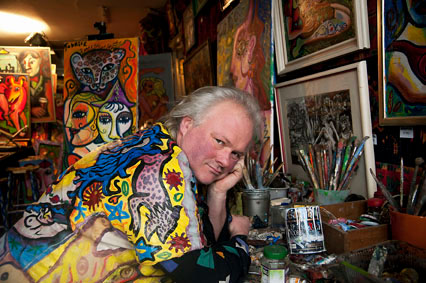
fabrice – MB 10
Portrait of Fabrice Hund, maker of paintings, drawings, mosaics and other works. In the city of Amsterdam you can find four Megamosaics and wallpaintings.
foto: Roy Tee/ Hollandse Hoogte
credits required
Images
1)Party Time, oil on canvas, h 80 cm x w 60 cm, 2) Free Kites, oil on canvas, h 60 cm x w 75 cm, 3) Sweet as a cat, oil on canvas, h 50 cm x w 60 cm, 4) without title, ink / pencil on paper, h 36 cm x w 23.5 cm, 5) untitled, mixed media on paper, h 36.5 cm x w 27.5 cm, 6) Elegant Extravagance, oil on canvas, h 75 cm x w 51 cm, 7) Orange amazon, oil on canvas, h 120 cm x w 90 cm, 8) no title , mixed media on paper, h 30 cm x w 40 cm, 9) untitled, mixed media on paper, h 40 cm x w 50 cm, 10) Fabrice Hünd in studio, photo: Roy Tee
http://www.fabrice.nu/
https://www.saatchiart.com/survivor
http://bit.ly/2AQXnJC
https://ifthenisnow.eu/nl/verhalen/de-wereld-van-de-amsterdamse-kunstenaar-64-fabrice
Disclaimer: The views, opinions and positions expressed within this guest article are those of the author Walter van Teeffelen alone and do not represent those of the Marbella Marbella website. The accuracy, completeness and validity of any statements made within this article are not guaranteed. We accept no liability for any errors, omissions or representations. The copyright of this content belongs to Walter van Teeffelen and any liability with regards to infringement of intellectual property rights remains with the author.

